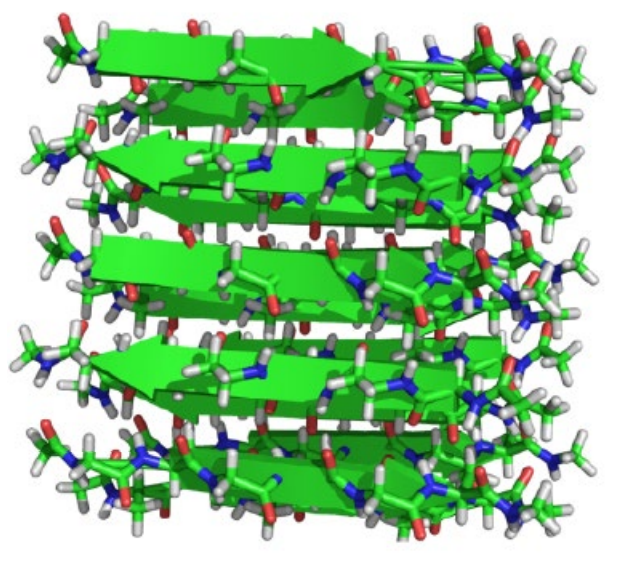The influence of dihydroxyacetone (DHA) contained in the self-tanning lotions with human skin – spectroscopic and theoretical studies
DOI:
https://doi.org/10.5604/01.3001.0010.8019Keywords:
dihydroxyacetone, sunless tanning, skin, molecular modeling, FTIR, UV-VISAbstract
The purpose of this study was to investigate selected properties of eight bronzers differing in consistency and dihydroxyacetone (DHA) content. The investigated bronzers were divided into three groups including: liquid sunless tanning products containing DHA level of about 15%, half-liquid self-tanners (spray or foam), and bronzers in the form of a cream. The products from the two latter groups contained about 5% DHA. This study inspected if self-tanners have the ability to absorb UV radiation. The aim of using infrared spectroscopy was to investigate the influence of self-tanners on skin moisture level. During the study, quantum-mechanical calculations were done. The calculations were related to computer-based modeling of DHA permeability through the beta-keratin layer of the skin. The calculations were also done to estimate hydrogen bond energy between chains of the beta-keratin as well as the surface of the crystallized beta-keratin surface. The results indicated that DHA absorbed UV-C radiation very strong, whereas UV-B radiation was absorbed to a lower degree. The least absorbancy was discovered in the UV-A range. Liquid and, partly, half-liquid self-tanners reduced skin moisture; however, products in the form of cream contained moisturizing substances that neutralize the negative effect of DHA on skin hydration. In silico studies indicated that DHA does not permeate through the beta-keratin layer of the skin. Potential reasons for this may be the large energy of hydrogen bonds and charged beta-keratin surface.
Downloads
References
D. Sarnoff, The Skin Cancer Foundation Journal - Beauty, 2010, 18-23. Google Scholar
A. Altiner and A. Quintana, The Skin Cancer Foundation Journal, 2010, 23-25. Google Scholar
G. J. Fisher, S. Kang, J. Varani, Z. Bata-Csorgo, Y. Wan, S. Datta and J. J. Voorhees, Archives of Dermatology 2002, 138, 1462-70. Google Scholar
E. Wittgenstein and H. K. Berry, American Association for the Advancement of Science, 1960, 132, 894-895. Google Scholar
A. B. Petersen, H. C. Wulf, R. Gniadecki and B. Gajkowska, Mutation Research - Genetic Toxicology and Environmental Mutagenesis, 2004, 560, 173-186. Google Scholar
R. K. Chaudhuri, Surfactants in Personal Care Products and Decorative Cosmetics, L. D. Rhein, M. Schlossman, A. O’Lenick and P. Samosundaran, CRC Press, 3th edn, 2007, pp. 326-337. Google Scholar
B. M. Bode and M. S. Gordon, Journal of Molecular Graphics and Modelling, 1998, 16, 133-138. Google Scholar
O. Trott, and A. J. Olson, Journal of computational chemistry, 2010, 31, 2967-2970. Google Scholar
The PyMOL Molecular Graphics System, Version 1.8 Schrödinger, LLC. Google Scholar
M. W. Schmidt, K. K. Baldridge, J. A. Boatz, S. T. Elbert, M. S. Gordon, J. H. Jensen, S. Koseki, N. Matsunaga, K. A. Nguyen, S. Su, T. L. Windus, M. Dupuis and J. A. Montgomery, Journal of Computational Chemistry, 1993, 14, 1347-1363. Google Scholar
A. A. Granovsky, Firefly, version 8, 2017. Google Scholar
J. J. Faith, M. E. Driscoll, V. A. Fusaro, E. J. Cosgrove, B. Hayete, F. S. Juhn, S. J. Schneider and T. S. Gardner, Nucleic Acids Research, 2008, 36, 866-870. Google Scholar
K. Ślepokura and T. Lis, Carbohydrate Research, 2004, 339, 1995-2007. Google Scholar
B. Wojtkowiak and M. Chabanel, Spektroskopia molekularna, PWN Warszawa 1984. Google Scholar
US Pat., US 5409706 A, 1991. Google Scholar
B. Zimmermann, 2016, Mljekarstvo 64, 94-101. Google Scholar
M. C. Thomas and J. Forbes, Interface between Aging, from Maillard Reaction I-ed. Royal Society of Chemistry publishing, 2010 pp. 1-11. Google Scholar
G. Mark and A. Gitika, http://abcnews.go-.com/Health/safety-popular-spray-tans-question-protected/story?id=16542918&single-Page=true. 2012 [04.02.2017]. Google Scholar
R. M. Fusaro and E. G. Rice, Annals of the New York Academy of Sciences, 2005, 1043, 174-183. Google Scholar

Downloads
Published
How to Cite
Issue
Section
License
Copyright (c) 2017 University of Applied Sciences in Tarnow, Poland & Authors

This work is licensed under a Creative Commons Attribution-NonCommercial 4.0 International License.



